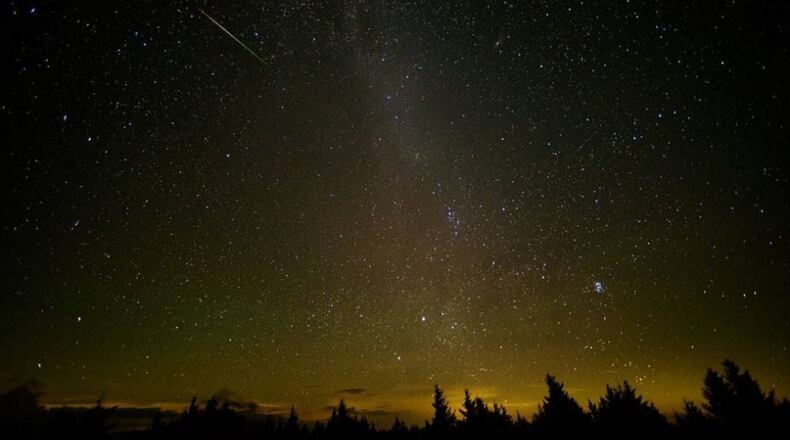However, it’s hit or miss whether it will be visible, NASA said.
Earth will pass through the debris trails of a comet — which in 1995 broke into large fragments — called 73P/Schwassmann-Wachmann, of SW3.
If the comet debris is traveling slower than 220 mph. “then nothing will make it to Earth and there will be no meteors from this comet,” Bill Cooke, who heads NASA’s meteoroid environment office at Marshall Space Flight Center in Huntsville, Alabama, said in a blog post.
Skygazers in North America under clear, dark skies will have the best chance of seeing a Tau Herculid shower.
About the Author

